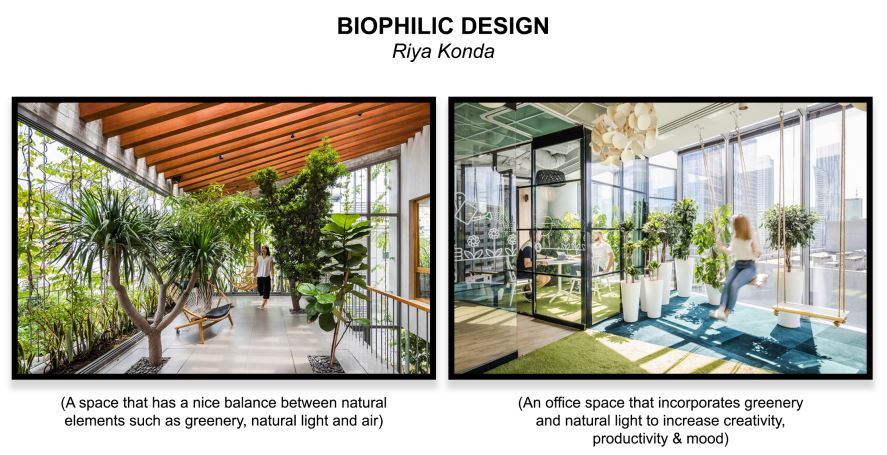- How Woxsen University Redefines Private University Placements in India
- How Woxsen University is Shaping Engineers for Emerging Tech Markets
- Woxsen University-TBA Alliance, Re-defining Telangana’s Basketball Revolution
- Woxsen University: What Hyderabad’s Best B-School Has to Offer
- SciTech 2025: Driving Innovation for Tomorrow


